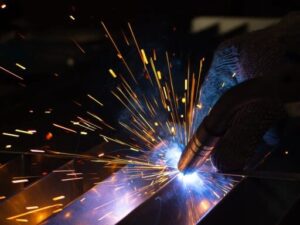
Sheet Metal Fabrication Terms Every Engineer Should Know
Clear communication is one of the most potent tools in sheet metal fabrication. Even one misunderstood word can shift a bend by a millimeter, misalign
We regularly update articles related to the manufacturing industry.

Clear communication is one of the most potent tools in sheet metal fabrication. Even one misunderstood word can shift a bend by a millimeter, misalign
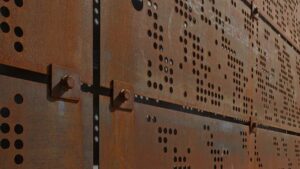
Every year, corrosion costs manufacturers billions in lost productivity, replacements, and warranty claims. For sheet metal products, the problem starts small — a rust spot,
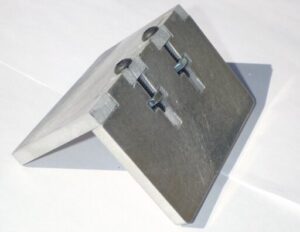
Slots and tabs are now one of the most reliable methods for making sheet metal parts fit together. These small interlocking features guide each piece

Bridge production is a method that falls between prototyping and mass production. The factory utilizes a range of flexible tools, including laser cutting, CNC punching, bending, and welding. The factory does not use stamping dies or progressive dies at this stage.
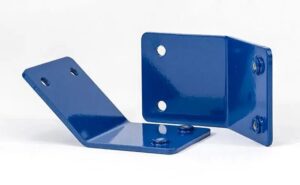
A flawless powder coat does not begin in the spray booth. It starts in the CAD model. Powder coating provides parts with a strong, corrosion-resistant
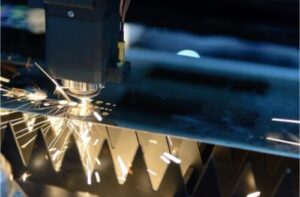
Laser cutting is one of the most accurate and flexible methods in today’s manufacturing. It gives clean edges, steady quality, and supports complex shapes. However,
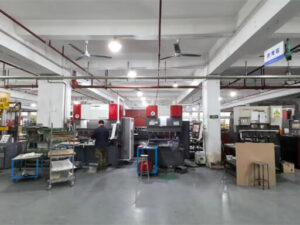
In manufacturing, timing is just as important as quality. Delays can slow down product launches, raise costs, and add pressure to teams. Engineers, designers, and
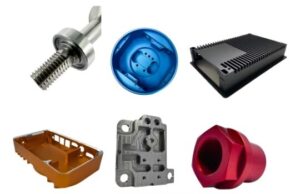
For most projects, the practical choices come down to three types of enclosures: die-cast, sheet metal, and CNC-machined. Each one can produce strong, reliable parts, but each behaves differently in precision, durability, thermal performance, cost structure, and scalability. There is no single “best” option. The correct answer depends on your environment, geometry, volume, and lifecycle.

Heat, dust, and moisture are common problems in machines, enclosures, and industrial buildings. These problems become more serious when airflow is blocked or restricted. Perforated

Sheet metal bending looks straightforward, but the metal goes through a complex mix of tension and compression. If these forces shift even slightly, the part
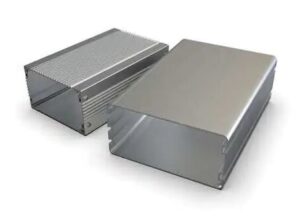
When you design a custom enclosure, one of your earliest and most valuable decisions is the metal you use. This choice affects almost every part
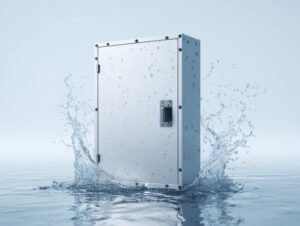
Water and debris can damage outdoor and industrial equipment. Even a small leak can harm electronics, reduce service life, and cause failures in real use.
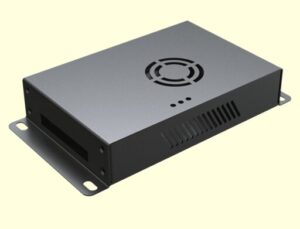
Sheet-metal enclosures protect essential electronics. However, they can also trap heat. When heat builds up with nowhere to go, the internal temperature can rise rapidly.
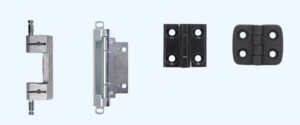
A hinge may look simple, but it controls how an enclosure performs every day. It shapes access, guides motion, supports load, and affects long-term reliability.
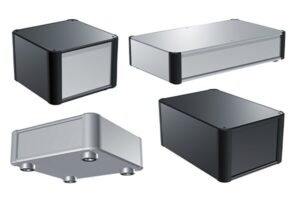
The sheet metal enclosure style has a significant impact on the product’s performance in the field. Each structure alters its strength, airflow, EMI behavior, and
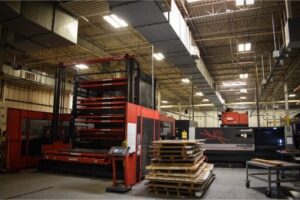
Cross-border sheet metal prototyping offers fast lead times and reliable shipping to Australia. It provides engineers and buyers with early samples for design checks, pilot builds, and customer demonstrations. Quick feedback loops prevent stalled projects and reduce the cost of late corrections.
We will contact you within 1 working day, please pay attention to the email with the suffix”@goodsheetmetal.com”